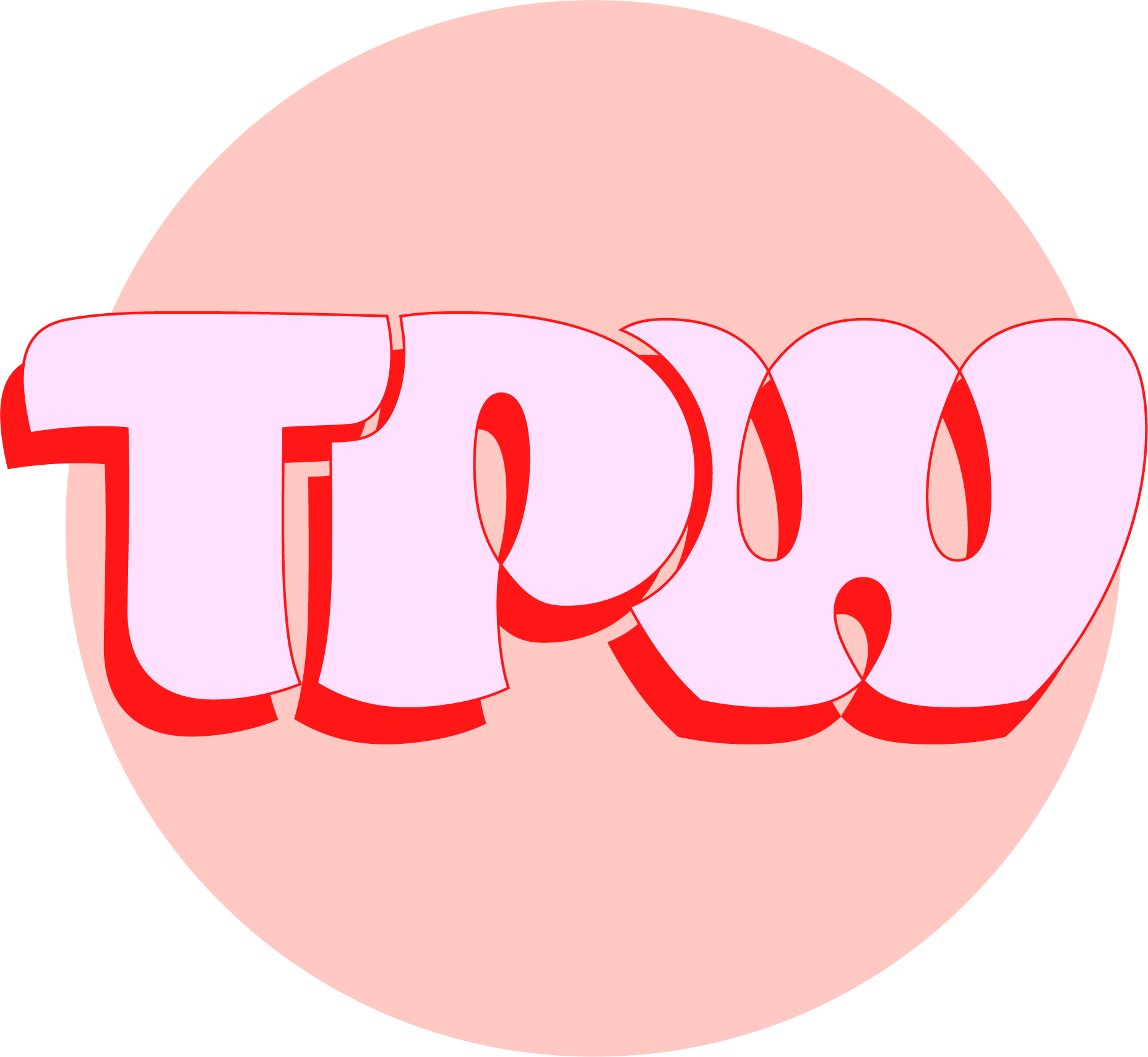If you’re new to the fashion industry, it can sometimes feel like everyone is speaking in a foreign language. Like everyone is in on the secret except you.
Not to feel bad though! Even Spell Check doesn’t recognize most words used in the daily communication of a fashion designer.
Read on for a quick overview of the industry jargon you’ll need to know as a designer.
Don’t let unknown lingo keep you from joining in the conversation!
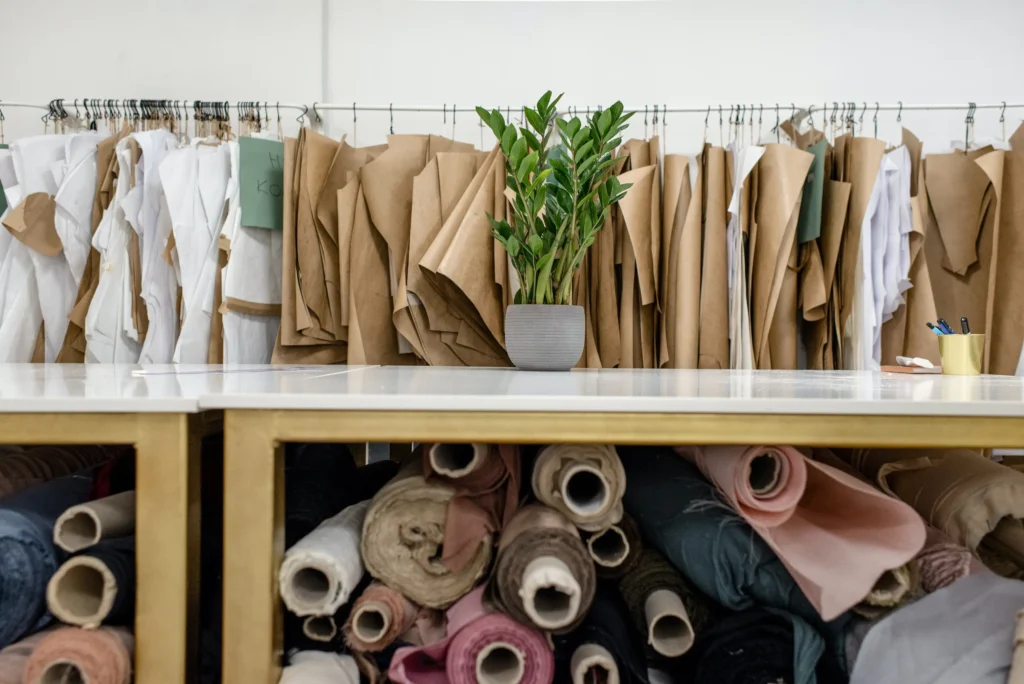
Fashion Terminology In Apparel Industry
While this is not an exhaustive list, this will help you to better navigate conversations with suppliers and other professionals in the industry.
Industry communication
Words or phrases that might come up when talking to someone else in the industry. Show them you know your stuff!
- CNY stands for Chinese New Year. This is an important holiday to know if you are producing in China. Many factories will close for about a month to observe CNY. A lot of factory workers will use this time to travel to their home villages to be with family for the holidays. This closure can greatly affect production timelines and can cause shipment delays. It’s important to factor this into your critical path. Also, always nice to wish your Chinese suppliers a Happy and Prosperous New Year!
- Shipping terms: When getting costings from factories, it is important to clarify if they are quoting Ex-Works, FOB or CIF:
Ex-Works means the buyer must organize the logistics of moving the goods from the factory to the port and on to the final destination.
FOB stands for Freight on Board or Free on Board. This means that the factory will cover the logistical costs and liabilities of getting the goods from their factory to the shipping port. Once the goods are loaded onto the vessel (costs which are paid for by the factory), the responsibility is passed to the hands of the buyer.
CIF stands for Cost, Insurance & Freight. This option means that the factory is responsible for the goods, including insuring the goods, from the factory all the way to the destination port. The logistics and liability of the goods is then transferred to the buyer from the port of destination.
FIS stands for Free into Store. With this shipping/costing method, the factory is responsible for all logistics, liabilities and costs involved in delivering the goods to the buyer.
- MOQ stands for Minimum Order Quantity. This is the lowest number of units a supplier is willing to produce. This is a very important metric to inquire about from the beginning as many factories have high MOQs that are unattainable for small brands.
- MCQ stands for Minimum Color Quantity. While MOQ is in regards to the whole order, MCQ is per colorway. Sometimes these two metrics can be the same, but some suppliers (particularly fabric suppliers) will quote an MOQ & MCQ, e.g. MOQ 5000 meters, MCQ 1000 meters. This means the brand has to purchase a total of 5000 meters but it can be split across multiple colorways with each colorway at least 1000 meters.
- CMT is a type of production facility meaning Cut, Make & Trim. These types of facilities will not do any fabric or trim sourcing, patternmaking, grading or marker making. To work with a CMT factory, a brand must source all fabrics, trims and materials necessary to make the finished goods and deliver them to the factory prior to production starting (usually a predetermined date in order to adhere to the factory’s production schedule). The brand must also supply fully graded patterns and markers for the factory to use.
- Fully-factored Manufacturers help with each step of the product development process. From patternmaking and sampling, to sourcing, all the way through to finished bulk goods.
- MMCF stands for Man-Made Cellulosic Fibers. This refers to fibers that use natural raw materials that are then processed into fibers, such as Viscose, Acetate and Lyocell.
- Cut and Sew refers to knit garments that produced by cutting the fabric and stitching the pieces together, similar to the construction of woven garments.
- Fully Fashioned refers to knitted garments that are fully knitted, not sewn together. These can be seamless and knitted on a circular machine or have seams that are “linked” on a linking machine rather than a sewing machine.
- FDS stands for Fabric Data Sheet. This is a sheet of information with all the properties of a fabric such as test results (colorfastness, shrinkage, etc.) and suggested care instructions.
- A header is a swatch of fabric with the material details, such as fabric composition and weight.
- A strike-off is a swatch of printed fabric submitted by the factory for approval. Strike-offs are to review color, scale and print quality.
- Lab dips are small swatches of fabric dyed to a color standard provided by the brand. The standard can be a Pantone color or a color standard swatch sent to the factory for reference.
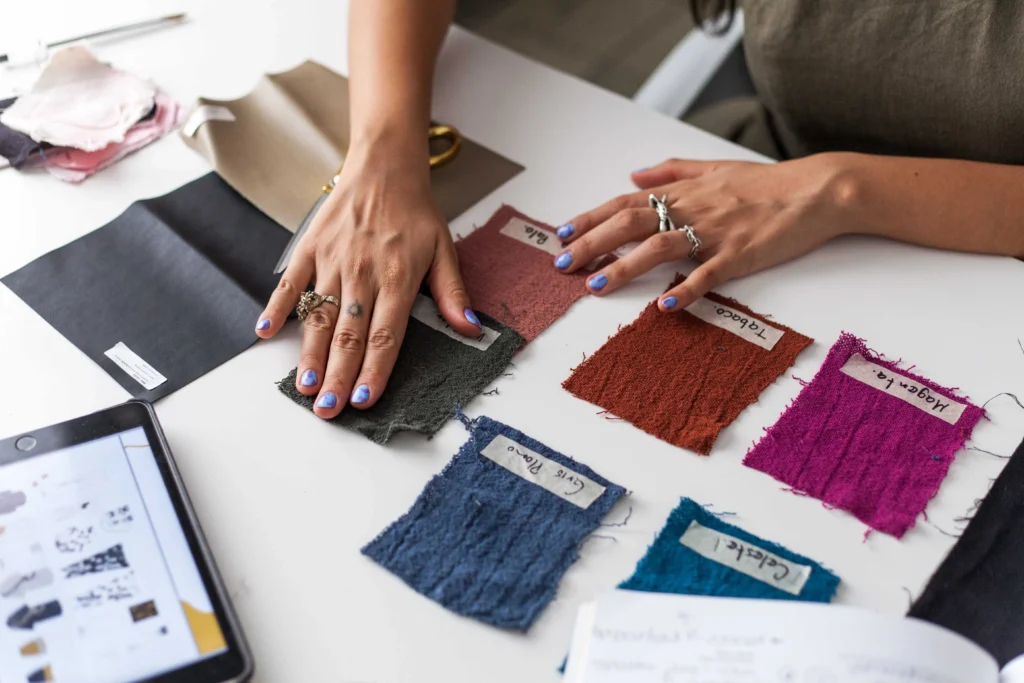
Make Tech Packs Simple With Tech Pack Wizard
Tech Pack Lingo
Words and acronyms often used in tech packs or when discussing garment developments.
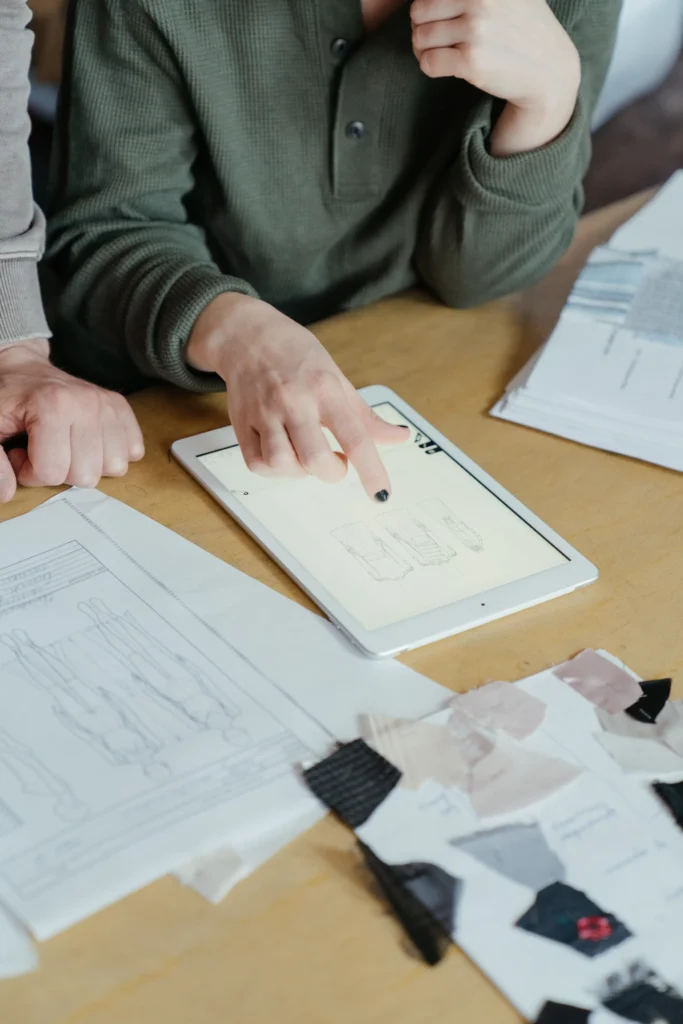
- Flats/Tech Sketches/CADs are technical sketches of the design as it would look laying flat, clearly showing all details including stitch lines. Always include a front and back view, plus side view when necessary (such a showing a stepped hem, or side splits)
- POM stands for Points of Measure. These are the measurement points that correlate to the measurements chart. POMs are taken with the garment laying flat (hence why the CADs are drawn flat) and shown on the sketches using arrows.
- BOM stands for Bill of Materials. This highlights all components that are used to make the garment, including quantities, colors, size/weight and supplier. Helps with costings and another checkpoint for the factory to ensure they have fully understood the design.
- Fiber content is the one or more fibers that make up the fabric. For example, you can have a Cotton fabric that is only made up of Cotton, or a Cotton blend that combines Cotton and Elastane. Each fiber has its own characteristics and will change the properties of the finished fabric.
- Fabric Composition is the percentages of the fibers in the fabric content, e.g. 95% Cotton 5% Elastane. Some countries have specific laws about how to represent the fabric composition on the garment labels. Be sure to check your local laws to ensure you’re complying!
- Fabric construction refers to how the fabric is made. Just putting “100% Cotton Fabric” in your tech pack does not give the factory enough information to find the appropriate fabric. You could mean 100% Cotton Jersey while they think you mean 100% Cotton Poplin. These fabrics are very different and will completely change the final product and fit.
- Grade rules are the increments of measurements between sizes. Many brands will define standards grade rules, e.g. Bust, Waist, Hem circumferences are 2” or 5cm. Remember grade rules are not hard and fast, they can be amended depending on the style. As they say, (grade) rules are made to be broken.
- HPS (or HSP depending on where you are) stands for Highest Point on Shoulder. Some people call it HSP, meaning Highest Shoulder Point. It is the point on the garment that sits the highest on the wearer’s shoulder, usually where the shoulder seam and neckline meet. This is a crucial point in measuring as many other POMs are based on distance from the HPS. For example, waist is measured X amount below HPS.
- CF stands for Center Front and CB for Center Back.
- Top stitching is the stitching you can see on the outside of the garment. It is sometimes functional and sometimes decorative.
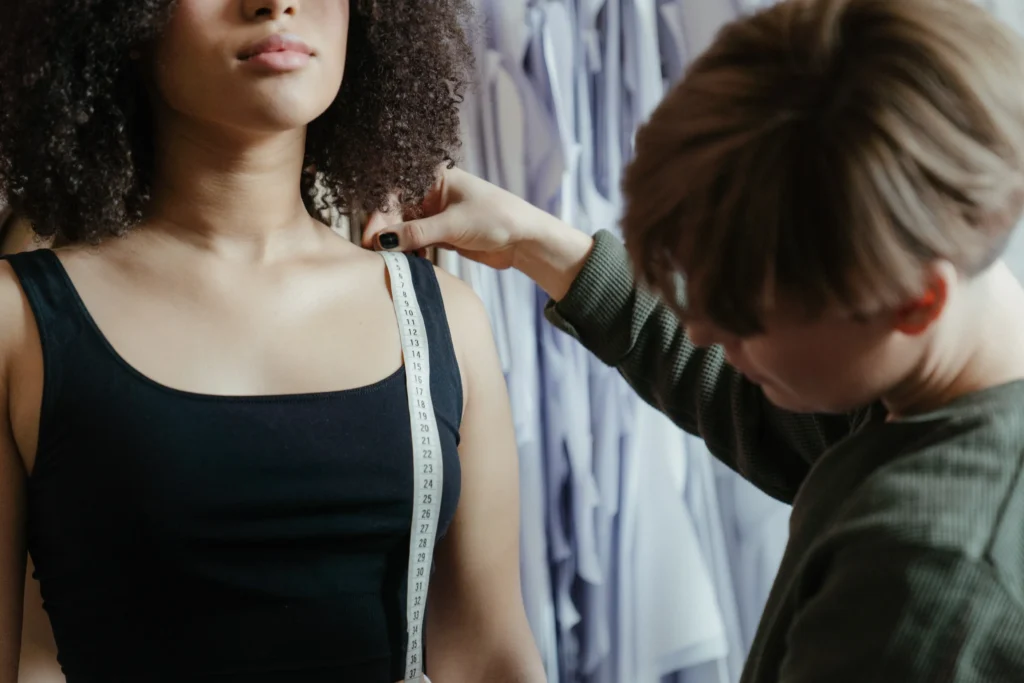
Time To Use Your Fashion Industry Vocabulary
While there are many more terms and phrases that are particular to the clothing industry, this is a great overview to get you started!
Ready to use your new vocabulary to make a detailed tech pack to send out to suppliers? TPW Tech Pack Software gives you the tools to make quick, efficient and professional tech packs right in Adobe Illustrator
